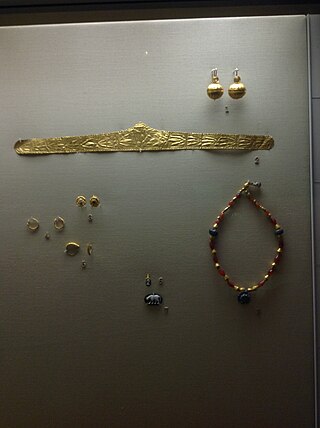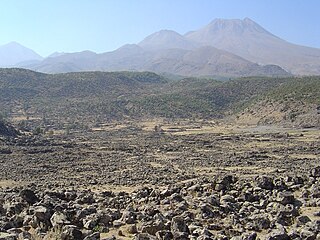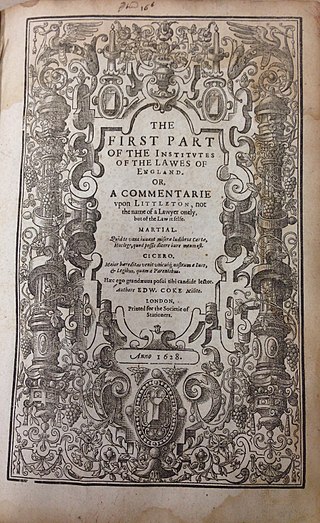
Abydos was an ancient city and bishopric in Mysia. It was located at the Nara Burnu promontory on the Asian coast of the Hellespont, opposite the ancient city of Sestos, and near the city of Çanakkale in Turkey. Abydos was founded in c. 670 BC at the most narrow point in the straits, and thus was one of the main crossing points between Europe and Asia, until its replacement by the crossing between Lampsacus and Kallipolis in the 13th century, and the abandonment of Abydos in the early 14th century.

In Ancient Roman architecture, a basilica was a large public building with multiple functions, typically built alongside the town's forum. The basilica was in the Latin West equivalent to a stoa in the Greek East. The building gave its name to the architectural form of the basilica.

Nicaea, also known as Nicæa, Nicea or Nikaia, was an ancient Greek city in the north-western Anatolian region of Bithynia that is primarily known as the site of the First and Second Councils of Nicaea, the Nicene Creed, and as the capital city of the Empire of Nicaea following the Fourth Crusade in 1204, until the recapture of Constantinople by the Byzantines in 1261.

Miletopolis or Miletoupolis (Μιλητούπολις) was a town in the north of ancient Mysia, at the confluence of the rivers Macestus and Rhyndacus, and on the west of the lake which derives its name from the town. It was a Milesian colony. Strabo mentions that a part of the inhabitants of the town were transferred to Gargara at some indeterminant time.

Mokissos or Mokisos or Mokison (Μωκισόν) was a town of ancient Cappadocia. The Romans called the city Mocisus or Mocissus, and Mocisum, and after the city was rebuilt by the Byzantine Emperor Justinian (527-565), it was renamed Justinianopolis (Ἰουστινιανούπολις). Justinian made Mocisus the capital of the province of Cappadocia Tertia, and elevated its bishopric to the rank of ecclesiastical metropolis, with an eparchia that stretched south of the Halys River, the longest river of Asia Minor. The name Justinianopolis was retained until the end of Byzantine rule. Stephanus of Byzantium calls the town Moukissos (Μούκισσος). In the Synecdemus, the name appears as Rhegemoukisos (Ῥεγεμουκισός) and Rhegekoukisos (Ῥεγεκουκισός), the later evidently an error.

The Institutes of the Lawes of England are a series of legal treatises written by Sir Edward Coke. They were first published, in stages, between 1628 and 1644. Widely recognized as a foundational document of the common law, they have been cited in over 70 cases decided by the Supreme Court of the United States, including several landmark cases. For example, in Roe v. Wade (1973), Coke's Institutes are cited as evidence that under old English common law, an abortion performed before quickening was not an indictable offence. In the much earlier case of United States v. E. C. Knight Co. (1895), Coke's Institutes are quoted at some length for their definition of monopolies. The Institutes's various reprinted editions well into the 19th century is a clear indication of the long lasting value placed on this work throughout especially the 18th century in Britain and Europe. It has also been associated through the years with high literary connections. For example, David Hume in 1764 requested it from the bookseller Andrew Millar in a cheap format for a French friend.
Sir John Pakington, was Chirographer of the Court of Common Pleas, a Member of Parliament for Gloucester, and Sheriff of Herefordshire and Worcestershire. In 1529 he received an extraordinary grant from Henry VIII permitting him to wear his hat in the King's presence.
Vasada was a city of ancient Lycaonia and later of Isauria, Asia Minor. It was located a little to the southwest of Laodiceia. In the acta of church councils attended by its bishop, the name appears variously as Usada or Ousada (Οὔσαδα) or Aasada (Ἀάσαδα).
Hadrianotherae or Hadrianutherae or Hadrianoutherai was a town of ancient Mysia, on the road from Ergasteria to Miletopolis. It was built by the emperor Hadrian to commemorate a successful hunt which he had had in the neighbourhood. Coins from this town issued during the reign of Hadrian onwards are preserved. It seems to have been a place of some note; for it was the see of a bishop, and on its coins a senate is mentioned. No longer a residential see, it remains a titular see of the Roman Catholic Church.
Diocaesarea or Diocaesareia or Diokaisareia, also called Anazarba and Kyinda was a Graeco-Roman town located in Cilicia Trachea mentioned by Ptolemy and the ecclesiastical authorities. It was in time assigned to the late Roman province of Isauria. It was a bishopric; no longer the seat a residential bishop, it remains a titular see of the Roman Catholic Church.
Conana or Konana was an inland town of ancient Pisidia inhabited during Hellenistic, Roman, and Byzantine times. The town may also have been called Justinianopolis or Ioustinianoupolis (Ἰουστινιανούπολις). The town was a bishopric in early days of Christianity; no longer the seat of a residential bishop, it remains a titular see of the Roman Catholic Church.
Augusta was a town in the interior of ancient Cilicia, inhabited during Roman and Byzantine times. It was founded in 20 AD and named after Livia, the widow of the Emperor Augustus. Ptolemy places this town in a district named Bryelice. The town also bore the name Augustopolis, and possibly Thebae.
Philadelphia or Philadelpheia, was a town of ancient Cilicia, and later of Isauria. It was located in the interior of Cilicia Aspera, on the river Calycadnus, above Aphrodisias. It became an episcopal see; no longer the site of a residential bishop, it remains under the name Philadelphia Minor, a titular see of the Roman Catholic Church.
Bruzus or Brouzos was a town of ancient Phrygia, in the Phrygian Pentapolis, inhabited during Roman and Byzantine times. Druzon, which Ptolemy places among the cities of Phrygia Magna, should be Bruzon.
Stectorium or Stektorion was a town of ancient Phrygia, in the Phrygian Pentapolis between Peltae and Synnada, inhabited during Roman and Byzantine times. Pausanias believed that Mygdon's tomb was located here.

Temenothyra, or Temenothyrae or Temenothyrai, was a town of ancient Lydia, or of Phrygia, inhabited during Roman and Byzantine times. It became a bishopric; no longer the seat of a residential bishop, under the name Temenothyrae it remains a titular see of the Roman Catholic Church.
Barate, Barata (Βάρατα), or Baratta (Βάραττα), was a town of ancient Lycaonia, on the road from Iconium to Tyana, 50 M.P. from the former. In some itineraria the name is also spelt Barathra. It was inhabited during Roman and Byzantine times.
Amblada was a town of ancient Lycaonia or of Pisidia, inhabited in Hellenistic, Roman, and Byzantine times. It was the seat of a bishop; no longer a residential see, it remains a titular see of the Roman Catholic Church. Strabo places it in Pisidia; the bishopric was suffragan to the metropolitan of Lycaonia. The coin minted copper coins during the period of the Antonines and their successors, with the epigraph Ἀμβλαδέων.
Ilistra was a town of ancient Lycaonia, inhabited in Roman and Byzantine times. It was on the road from Laranda to Isaura, which is still in existence. Ilistra became a seat of a bishop; no longer a residential bishopric, it remains a titular see of the Roman Catholic Church.
Appia was a town of ancient Phrygia, inhabited during Hellenistic, Roman, and Byzantine times. According to Pliny the Elder, it belonged to the conventus of Synnada. It became the seat of a bishop in the ecclesiastical province of Phrygia Pacatiana; no longer a residential bishopric, it remains a titular see of the Roman Catholic Church.






